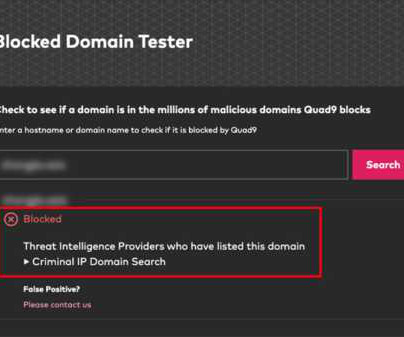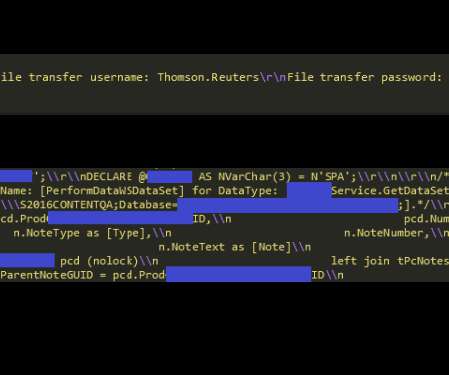Unfixed vulnerability in popular library puts IoT products at risk
Malwarebytes
MAY 4, 2022
Researchers have found a vulnerability in a popular C standard library in IoT products that could allow attackers to perform DNS poisoning attacks against a target device. DNS poisoning. In a typical home setup, there is: A modem provided by your Internet Service Provider (ISP) which is your connection to the outside world.




























Let's personalize your content